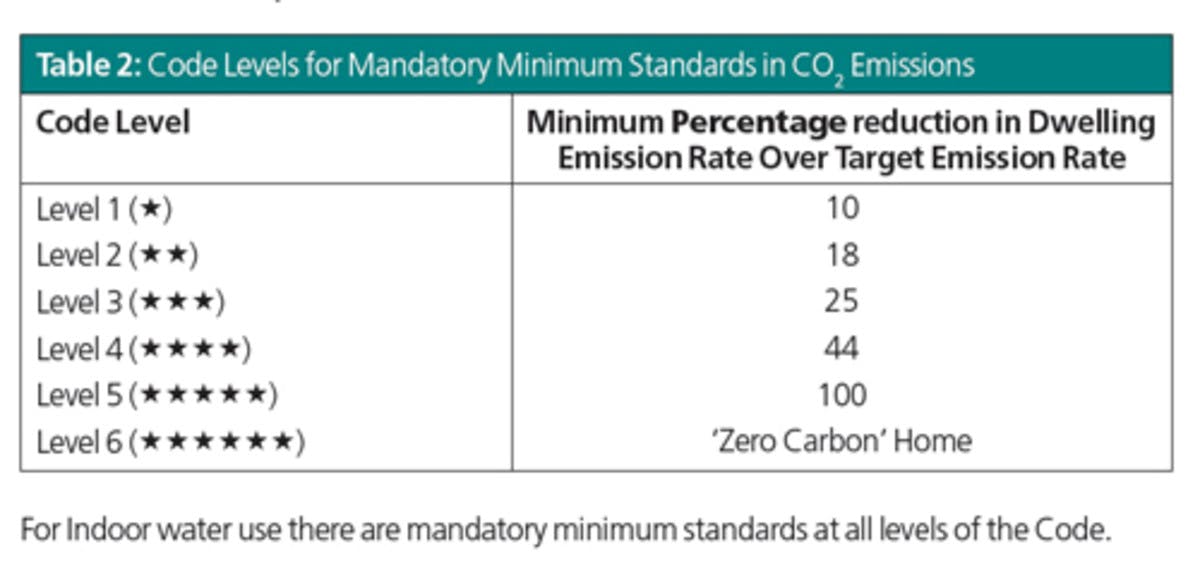Why biomass offers advantages for Code for Sustainable Homes developments
2 minute read
Return to the article listBackground
The Code for Sustainable Homes (CSH) is the national standard for the sustainable design and construction of new homes. The Code aims to reduce our carbon emissions and create homes that are more sustainable in the long term.
Benefits of CSH Certification
With a more environmentally-conscious public, aware of the urgent need to limit their effects on climate change, there is a growing appetite amongst consumers for more sustainable products and services. With greater demand for homes that offer reduced environmental impact, lower running costs and features that enhance health and well-being, there is an increased need for home builders to demonstrate their capacity in sustainable home building, and to market the sustainability of their homes to homebuyers. The Code offers a tool for home builders to demonstrate the sustainability performance of their homes, and to differentiate themselves from their competitors. The Code is also mandatory of new build public sector projects and for developments over £300,000.
How the CSH works
The Code measures the sustainability of a new home against categories of sustainable design, rating the ‘whole home’ and its Total Efficiency Rating (TER) as a complete package. The sustainability categories by which new homes are measured are outlined below, along with the relative weightings and points available.
The rating system
The code works by awarding new homes an overall efficiency rating from Level 1 to Level 6, based on their performance against the 9 sustainability criteria above. These are combined to assess the overall environmental impact of the dwelling.
Note; The maximum emission levels set out in PartL1A of the 2006 Building Regulations is changing in summer 2013 to 30g/GJ particulate matter and 150g/GJ nitrogen oxides 30mg/Mj. This will also become the standard requirement for inclusion of a biomass boiler project into the Renewable Heat Incentive.
The code levels, based on minimum percentage reduction in Dwelling Emission Rates over Target Emission Rates are:

To reach CSH Code Levels 5 & 6, the architects have designed the properties to be airtight, with high levels of insulation and many sustainable features including low water use, roofs designed to maximise solar PV energy collection and biomass boilers.
To reach the different code levels, a quantity of points is required:

Biomass and the CSH
Biomass can be very beneficial to CSH Projects, as the Energy and Carbon Emissions Category Number 1 carries the greatest overall weighting of all the factors at 36.4%.
The Biomass Energy Centre shows that biomass as a fuel type offers the highest CO₂ reductions against fossil fuel types of 96-98%:

So, if a high 92%+ efficiency biomass boiler is installed in a new build project, with emissions below 30g/GJ particulate matter and 150g/GJ nitrogen oxides 30mg/Mj, it can contribute towards and increase the overall CSH Level of the project to Code 5/6 level.
However, an architect or suitably qualified building professional should be consulted in order to assess the specific CSH values of your project, as this is a highly specialist area.